
Actionable insights, practical tips, and our latest thinking on marketing matters.

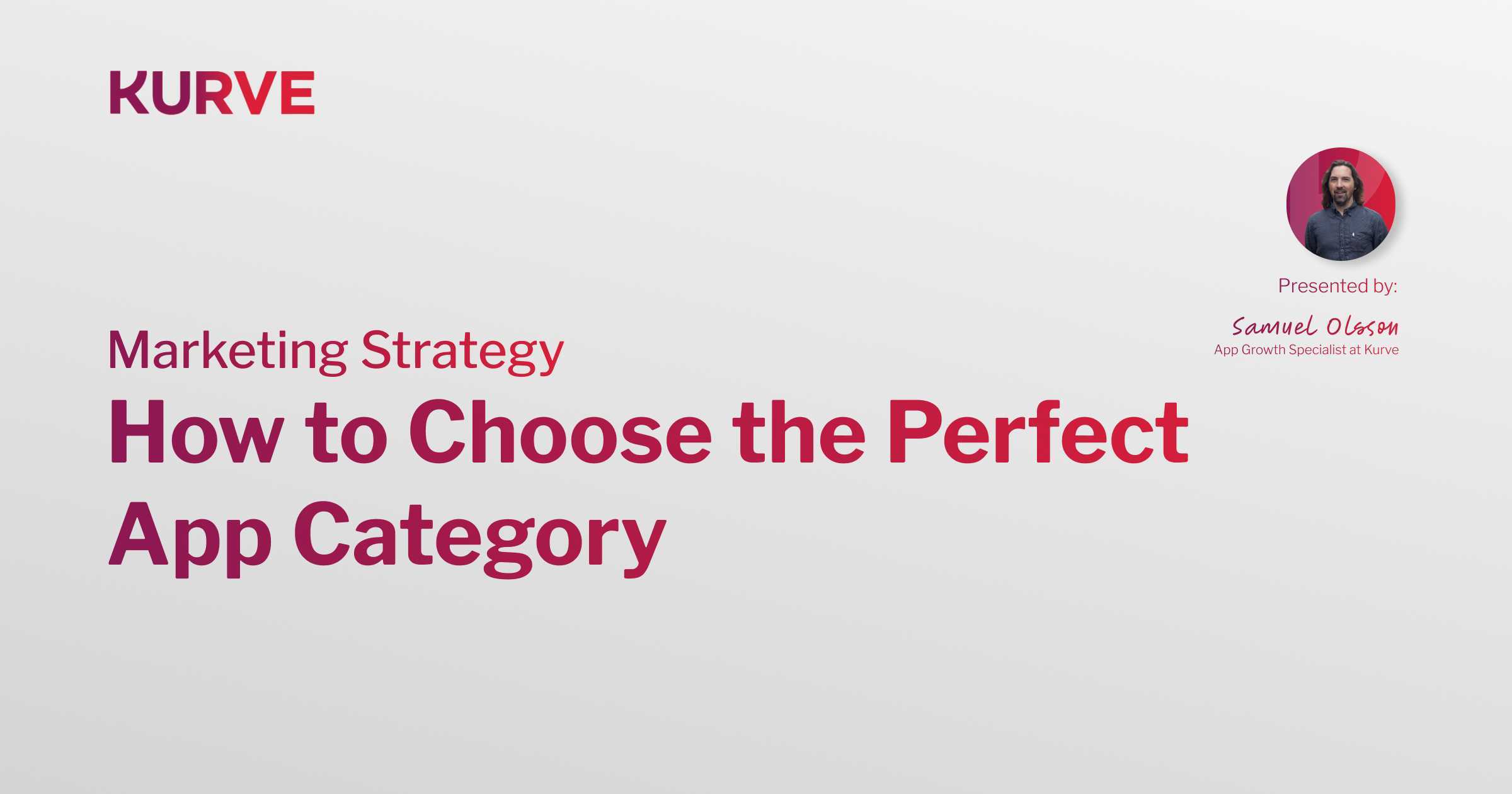
How to Choose the Perfect App Category
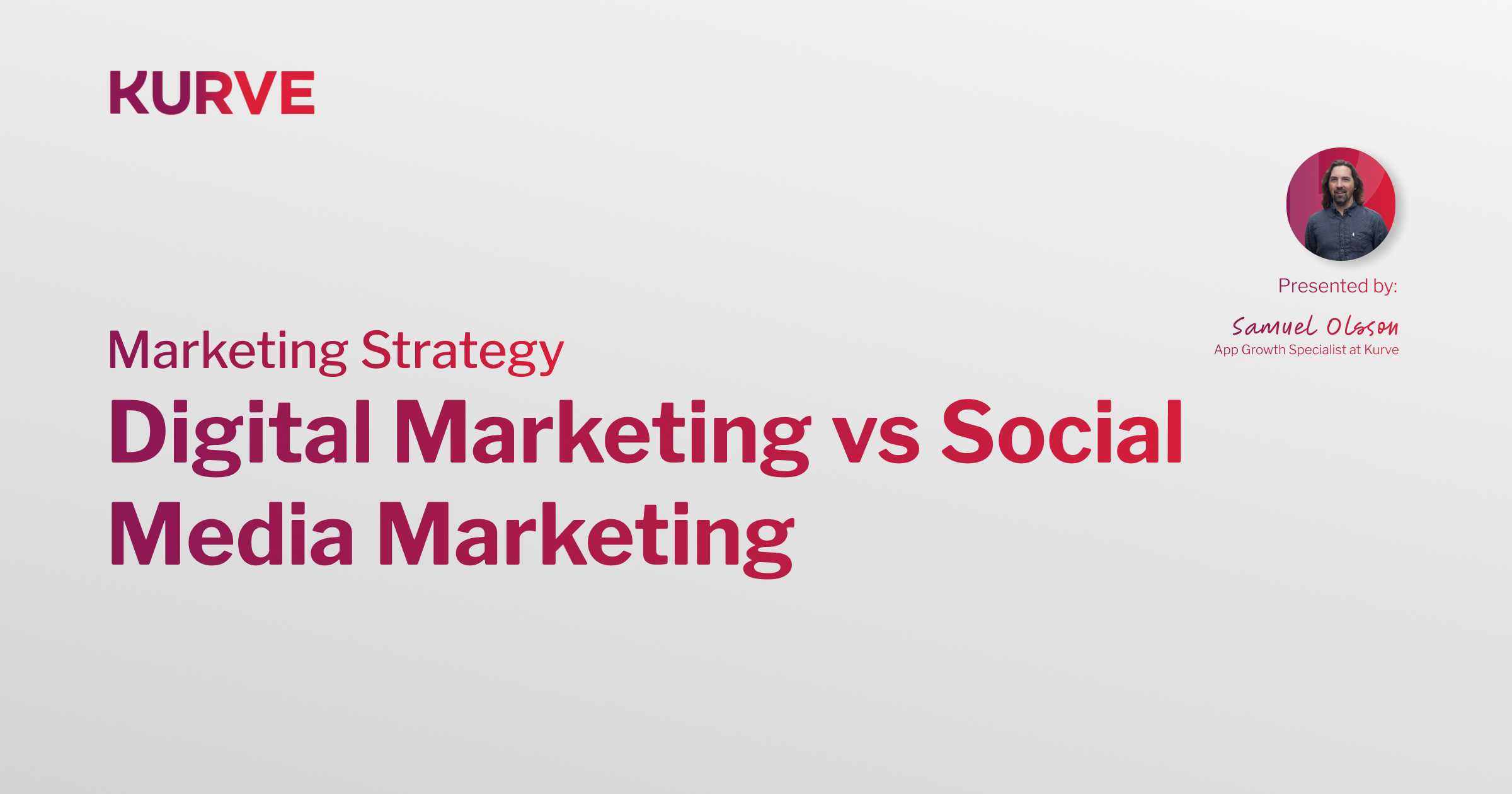
Digital Marketing vs Social Media Marketing
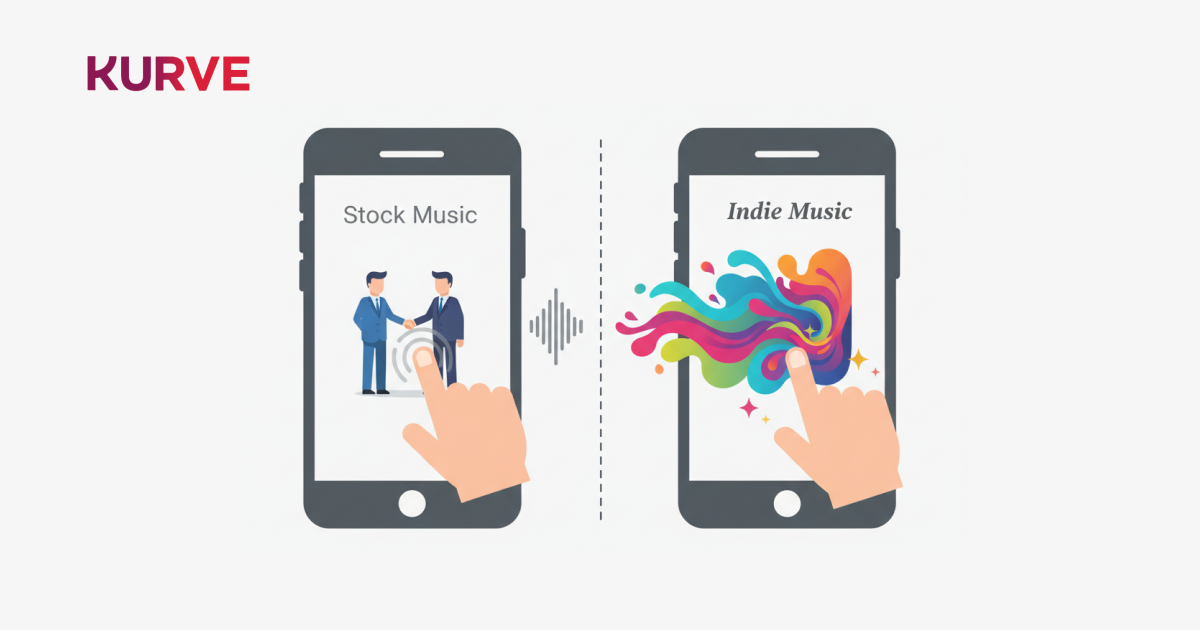
How the Right Track Can Fight Ad Fatigue and Unlock Viral Growth
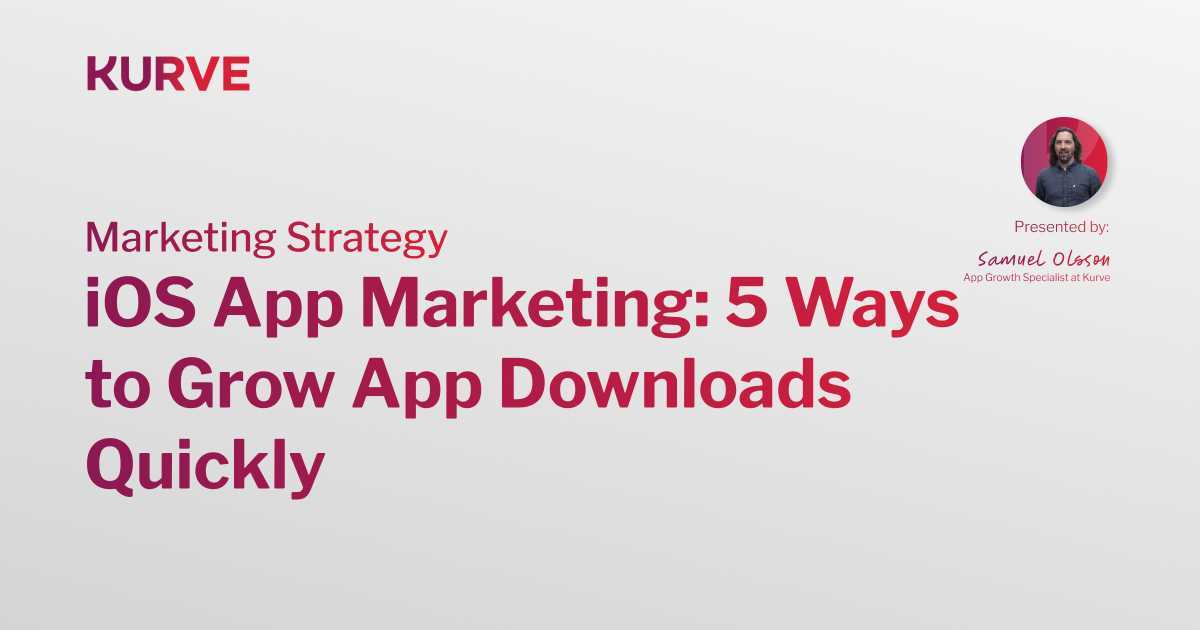
iOS App Marketing: 5 Ways to Grow App Downloads Quickly

Types of Mobile Advertising
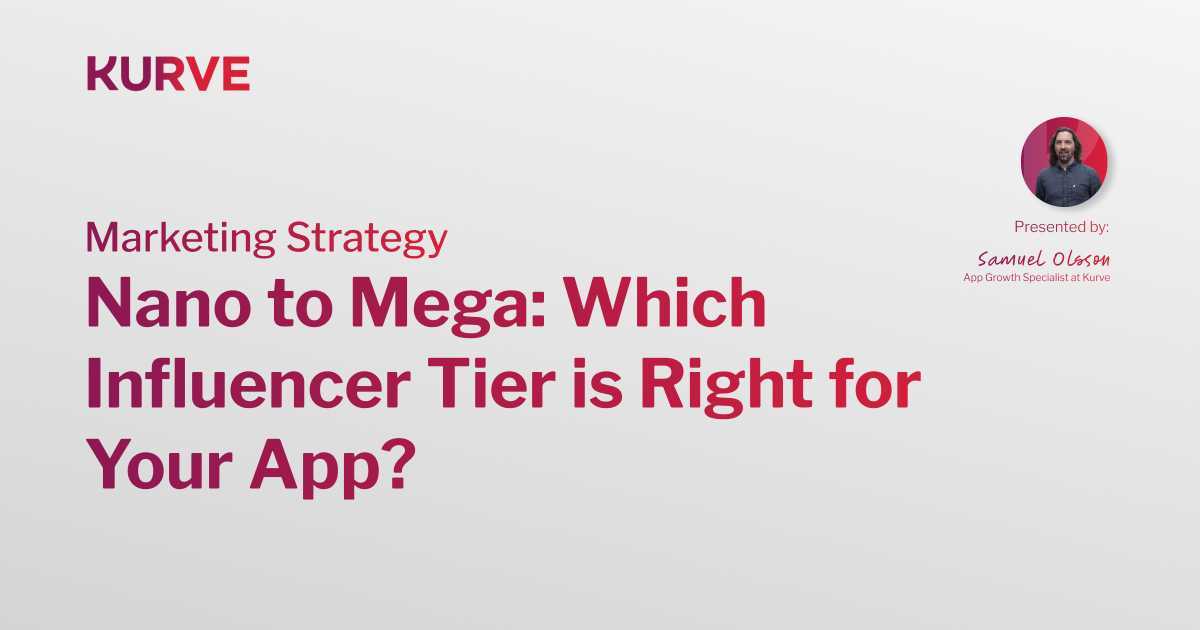
Types of Influencers
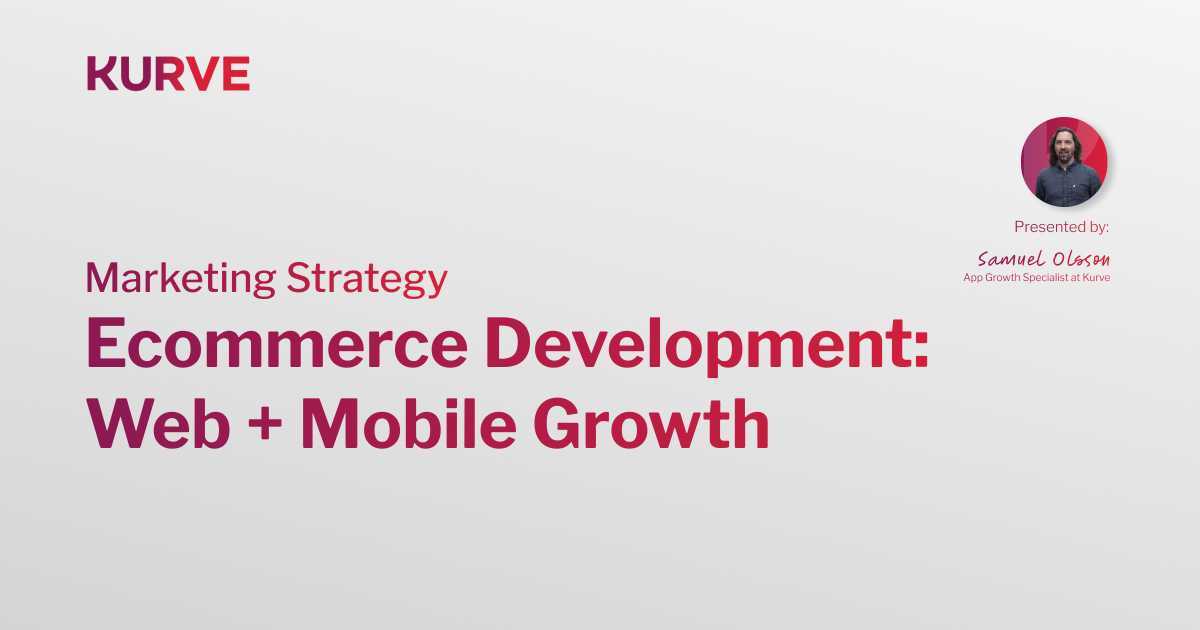
Ecommerce Website Development: Guide for Web & Mobile Growth

Competitor Analysis: Measurements of Competitor Success

10 Steps to Develop a Winning Brand Strategy for Your Mobile App
There are more than 4.8 million apps available across the Apple App Store and Google Play.
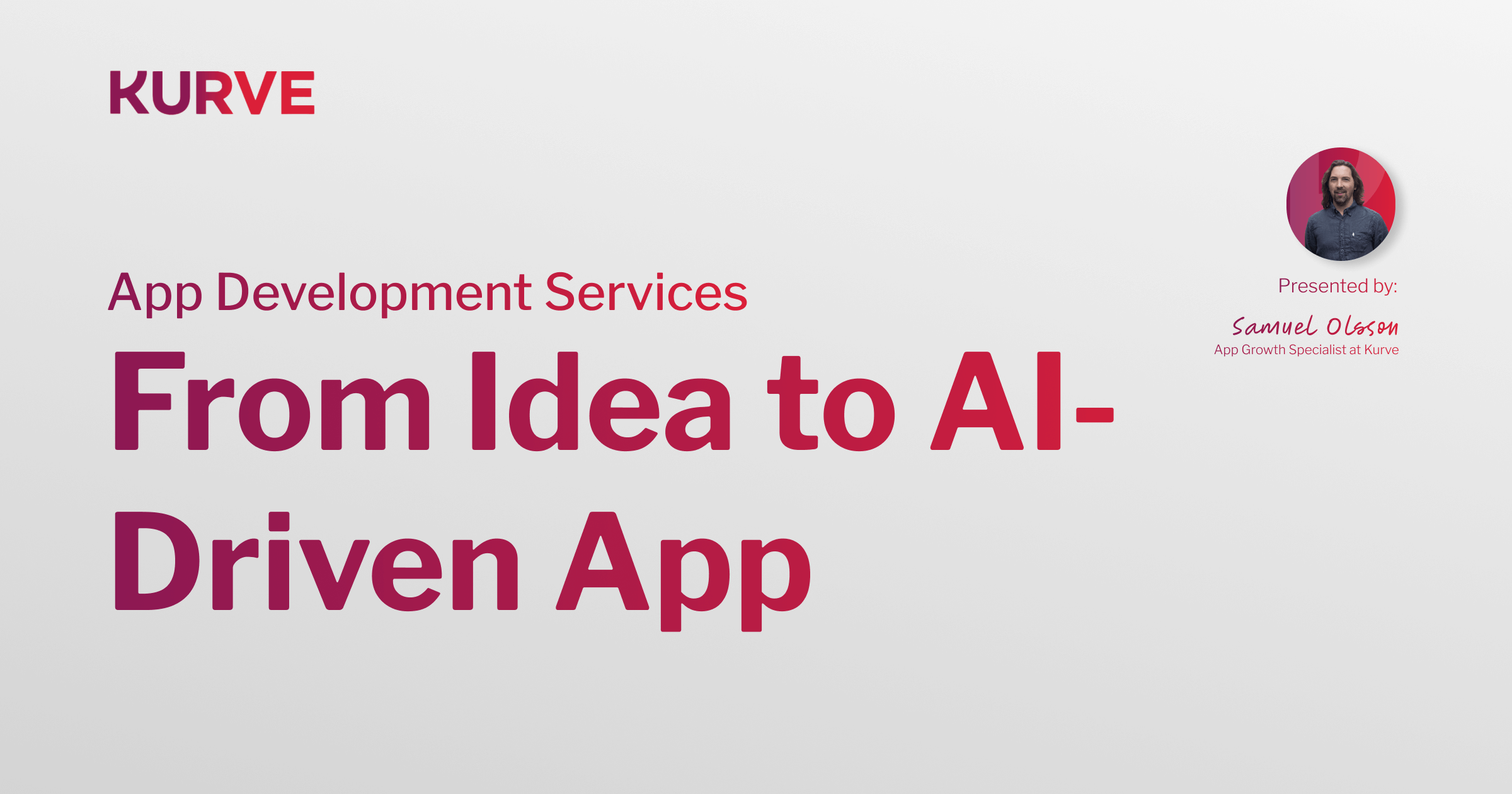
From Idea to AI App: How Kurve Helped RoomHawk Build, Validate & Scale
From idea to AI app, RoomHawk's journey started with one insight: hotel prices often drop after you book, but almost no one checks back. What if you could get notified when the price drops, and...

How to Increase Social Media Channel Engagement

Top Digital Transformation Challenges for Large Organisations
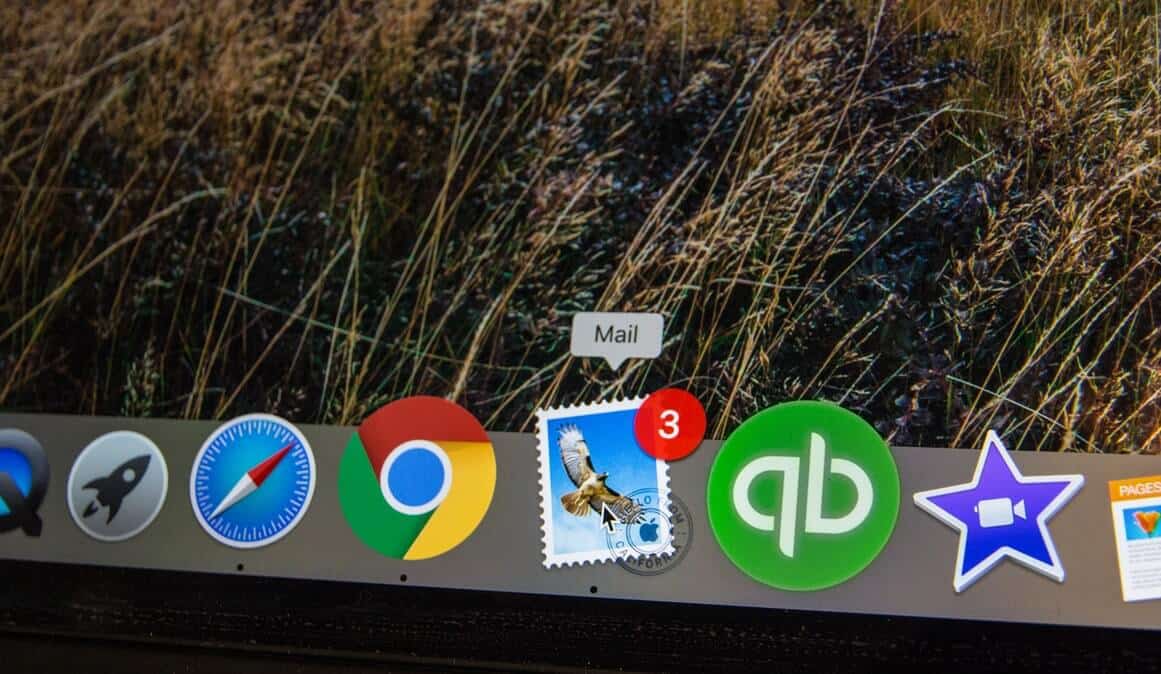
Marketing Automation Implementation: 10 Key Steps
How to Implement Your Marketing Automation Strategy
This article is written by B2B Marketing Consultant, Jonno Price So, you’ve decided to proceed and implement marketing automation. Great! Before...
